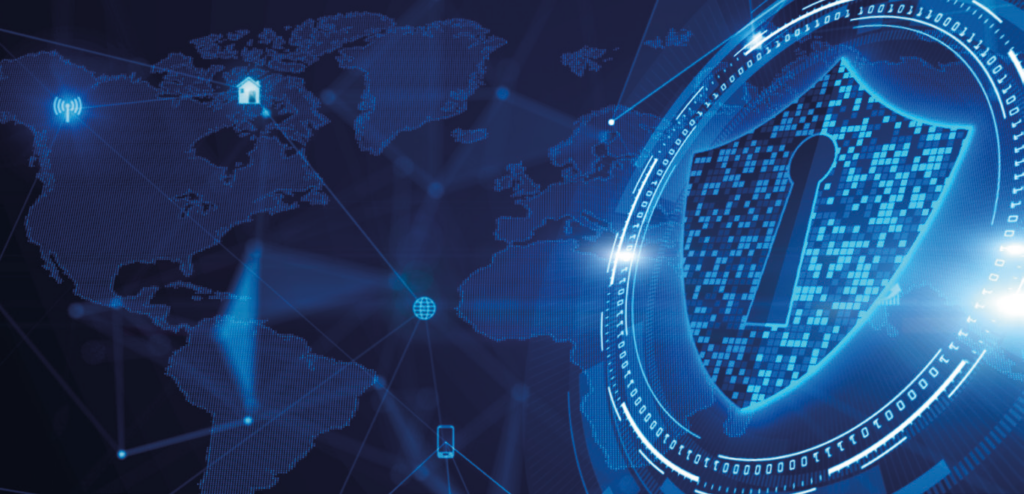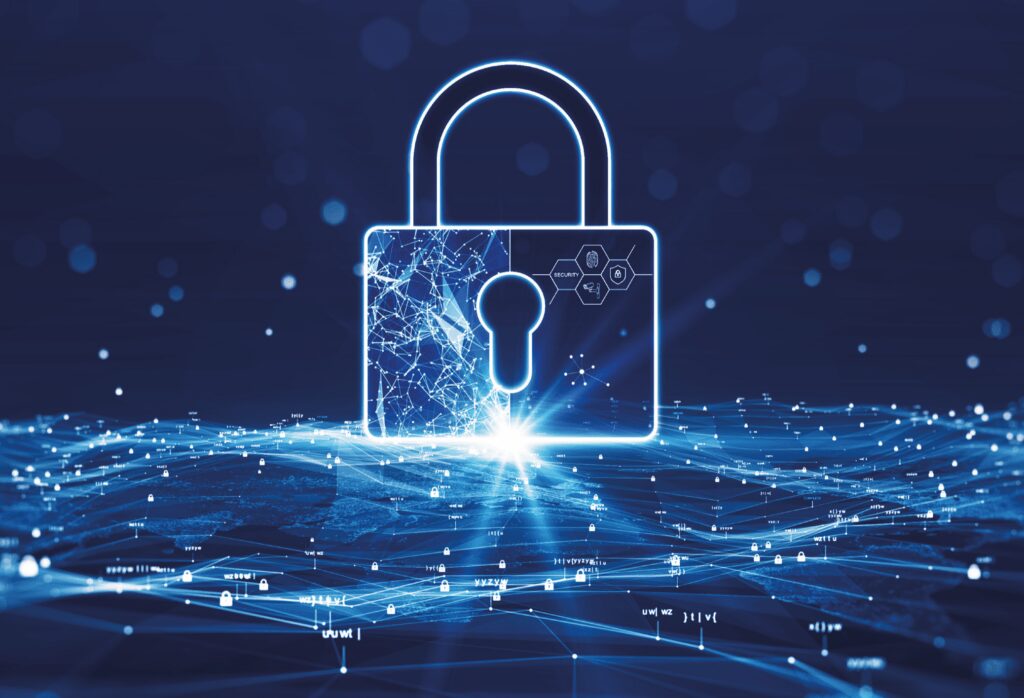International economic growth refers to the growth of the global economy, which is determined by the economic activity of individual countries. For example, when countries experience economic growth, this can lead to more trade and investment with other countries. This, in turn, can contribute to the overall growth of the global economy.
There are many factors that can drive international economic growth, including technological advances, productivity increases, and favorable economic policies. Increased demand for goods and services, either within a country or from other countries, can also spur economic growth.
However, factors such as economic downturns, natural disasters, and political instability or security risks can slow or reverse economic growth. It is therefore important for countries to manage their economies carefully and aim for sustainable, long-term growth.
Along with the pursuit of increasing prosperity, international economic growth is accompanied by a confusing slew of security problems. These problems are complex and often overlooked for their own sake. But why security, in particular, is the critical and most important factor in economic growth is illustrated by the current Ukraine war. Everything that has been built up and achieved in international trade has been completely reduced to absurdity in one night and is now on the brink of collapse.
Now one could assume that without the wars everything could be better again, but there too we have realized that we can no longer guarantee sustainability from the blind race for prosperity. Climate change has shown more and more that without a natural balance on this planet, even international economic growth is of no value.
Should we get a grip on these two serious aspects, then economic growth should be on the upswing again, shouldn’t it?
“Yes” and “no.” Because fact of the matter is that the new technology, we are developing now on an unbelievable scale is not only a blessing in disguise, but it also puts
mankind in the age of security gaps. A technological muddle that makes it impossible to see what information has been shared.
What is the security situation?
One of the few political agreements that each nation has is that the international economy must be constantly growing. For this to be achieved especially at the state level, there are purely economic decisions that unfortunately lack some moral commitments.
International economic growth has some global problems that are currently accepted in the realm of prosperity.
In the sense of cheap production locations, many companies accept that the local population is exploited or that human rights violations are ignored – so that especially rich states can take great advantage of the globalized world.
To counteract this, the EU has passed a supply chain law that is intended to further protect EU values. This is not only to protect the supply chain, but also to motivate people to continue to respect the EU’s values outside of it. In addition, the Supply Chain Act can be seen as a reaction to the fact that non-democratic countries usually have different labor laws than the EU. This will put increased pressure on these countries and limit the exploitation of the affected population, which has so far been carried out without consequences.
This leads to an improvement in the living standards of all people, the environment and in the long run also for companies. Thus, one sees here the first positive change within the EU to promote and ensure long-term sustainable economic growth.
More recent issues:
However, there are some other important issues where international economic growth is creating a wave of problems. These problems are mainly in the area of technological progress.
Advances in IoT and 5G are not only a boon to a globalized world and many business models, but also lead to many security vulnerabilities in their protocols. While many wonderful ideas and technologies are creating better connectivity and opening new avenues in every industry, they also bring security risks.
With IoT and 5G, there is a very simple premise that applies to many other areas as well: they are only as powerful as their weakest links.
Because of the underlying technology, and especially the software dependency of 5G systems, they provide a larger attack surface than
3G or 4G telecommunications systems, making security considerations highly relevant.
To the extent that technologies fix existing problems, new cyber risks also emerge. The main general problem is that these risks cannot be eliminated at the rate at which they arise, resulting in an endless spiral that is difficult to stop.
What is understood by cyber security?
Cybersecurity refers to the practices and technologies designed to protect computers, networks and devices from digital attacks, theft, and damage. These attacks can take the form of viruses, malware, phishing scams, and other malicious software that could compromise the security of a device or network.
The Internet of Things (IoT) refers to an interconnected network of physical objects, such as devices and appliances, that are equipped with sensors, software, and network connectivity to collect and share data. IoT devices can be anything from smart thermostats and security cameras to industrial equipment and medical devices.
The intersection of cybersecurity and IoT is important because as the number of connected devices increases, so does the risk that these devices will be targeted by cybercriminals. Therefore, it is important to ensure that IoT devices are secure and not used to gain access to other parts of the network. This can be achieved by using strong passwords, regularly updating device software, and using secure communication protocols.
Why does this pose a problem?
The global market is becoming increasingly interconnected over time, and supply chains and logistics that will cease to function without these networks, as well as autonomous robots that will gradually take over trivial tasks, will become vulnerable to cyberattacks, so in the event of war (compared to the current situation) or other state differences, the cybersecurity of critical infrastructure will be the deciding factor.
Cost, cost, cost?
The assumption that cyber security also costs money is not necessarily wrong, but it is an often-overlooked factor. It is possible with good cyber security to enable new business areas that were not possible before, for which there is a market, and many people are interested.
The general costs are thus put into perspective in the true sense of the word, in which data security is not just interpreted as a necessary evil, but rather as an investment in new opportunities.
There are many examples of ideas like this: First, better identity management systems can enable a general transfer of ownership across all industries. This leads to an autonomous system in which the owners of objects can launch new leasing models without fear of losing the ownership of the objects they have lent.

So how can we protect technological progress and economic growth in an equal measure?
A unified solution must be developed that enables cybersecurity by default. A cybersecurity system —out of the box —that is easy to implement for any industry and meets the international security standard.
In addition, the system must be decentralized and run independently of the success of the developing company, while all aspects continue to be maintained by the community.
This means that a unified method, offered as a library, can be developed through a secure IoT software. This currently represents the best solution that can always close emerging security gaps.
What does a cyber security measure look like?
It is a so-called cyber security mesh, which is implemented before the connections are established. This mesh needs essential components to be globally applicable in any industry:
Centralized monitoring, but decentralized connections and scalability.
Connection of embedded devices to existing platforms or enterprise applications.
Built-in security and encryption capabilities with end-to-end encryption.
Closing the gap between enterprise systems, devices, cloud platforms and users.
Attribute-based access control to authorize data channels.
Automatic discovery of enterprise data channels.
Most importantly, a modularly extensible for any emerging technology changes and enhancements.
With these things in place, new software can always be implemented and controlled in a secure and forward-looking manner without fear of compromised data being intercepted and the business model being put at risk.
The Cyber Security Mesh provides the solution
A cyber security mesh is a network of interconnected security measures that work together to protect a system or network from cyber threats. It is designed to provide a comprehensive and redundant layer of defense that can adapt to changing security requirements and new threats.
A cyber security mesh can include a variety of different security measures, such as firewalls, intrusion detection systems, antivirus software, and data encryption. It can also include physical security measures such as access control systems and security cameras.
One of the main advantages of a cyber security mesh is that it allows for the integration of multiple security measures so that they can work together to provide a more robust defense. Accordingly, a firewall, for example, can block certain types of traffic, while an intrusion detection system alerts the network administrator to suspicious activity. A cyber security mesh can also be designed to be flexible and adaptable so that it can be modified and updated as needed to address new threats or changing security requirements. This can ensure that a system or network remains secure over time.
Cyber security mesh – a game changer?
An unequivocal “yes”.
Those who do not rely on the cyber security mesh in the future will simply be left behind in international comparison; many security regulations in politics will lead to technological advances being increasingly slowed down, as they tend to focus on functionality. This will inevitably lead to an internal security problem that a state or even the EU cannot afford. Therefore, in order to mirror the ever-increasing digitization in the real world, the same security measures that apply to humans are transferred to the digital beings. This means that cyber security will have to be given a significant boost in the near future from the precise assignment of identity to the privacy and freedom of the person.
References
- https://lieferkettengesetz.de/
2.https://www.gartner.com/en/informationtechnology/glossary/cybersecuritymesh#:~:text=Cybersecurity%20 mesh%2C%20or%20cybersecurity%20 mesh,secure%20a%20modern%2C%20 distributed%20enterprise - https://www.forbes.com/sites/ forbestechcouncil/2021/04/26/how-toprotect-cloud-data-anywhere-using-adata-security-mesh/
- https://www.bmwk.de/Redaktion/DE/ Dossier/handelspolitik.html






















